The Government has just sent a report to the National Assembly on receiving and explaining public opinions on the draft Land Law (amended) and opinions of National Assembly Deputies at the 4th session of the 15th National Assembly .
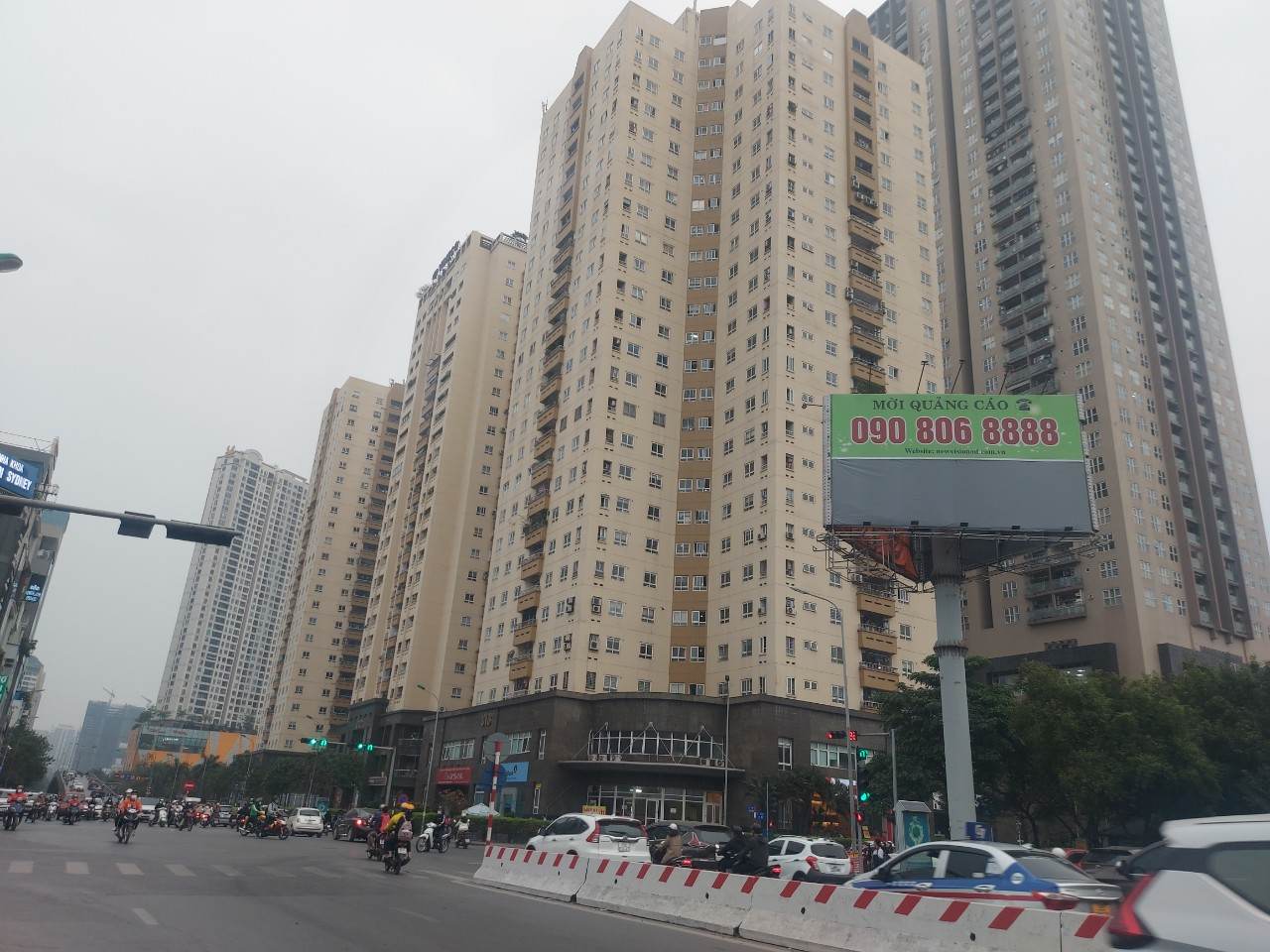
The agreement between the investor and the land user to have land to carry out the project is a civil agreement.
The Government said that so far there have been more than 12.1 million comments, the contents that people are interested in and focused on contributing comments include: Compensation, support, resettlement with more than 1.2 million comments; land allocation, land lease, land use purpose change with 1.06 million comments; land finance, land price with 1.03 million comments; land use planning and plans with more than 1 million comments and other contents.
There are suggestions to apply taxes and fees such as progressive taxes for buyers of "second homes and above" and progressive taxes based on the time of real estate sale, and additional fees (the more central the area or city, the higher the additional fees) to limit land speculation, land retention, and limit the situation of "unused houses/land".
The drafting agency said that Resolution 18-NQ/TW affirmed "Prescribing higher tax rates for people who use large areas of land, many houses, speculate on land, are slow to use land, and leave land abandoned".
To institutionalize the above viewpoint, the draft Land Law (amended) has added revenue from "land use fees, additional land rent for projects that do not put land into use or use land behind schedule".
However, specific regulations on tax rates must be stipulated in tax laws. The drafting agency will report and recommend that the National Assembly, the Government, and the agency in charge of drafting the Tax Law study and review accordingly.
Regarding land recovery for socio-economic development for national and public interests, there are opinions from the people and National Assembly deputies suggesting that there should be regulations on land recovery in cases where investors have agreed on 70-80% of the area as well as research on regulations on the implementation of state power in the issue of land recovery. For example, when implementing a project, if a certain percentage (needs to be specifically regulated) of people agree and support the handover of the site is reached, then it is imperative to take coercive measures against the remaining minority who do not agree. This ensures the implementation of common interests, national interests, and public interests.
On this issue, the drafting agency proposes to keep it as in the draft Law, because the agreement between the investor and the land user to have land to implement the project is a civil agreement. If the state intervenes by land reclamation measures in cases where no agreement can be reached, the process must be re-established from the beginning (notice of land reclamation, development of compensation, support, resettlement plan and decision on land reclamation, etc.).
"On the other hand, doing so will lead to comparison between the person whose land is revoked and the person who made the agreement, which can easily lead to lawsuits. To ensure the successful agreement on land use rights transfer, investors need to calculate the scale and location of the project appropriately," the Government explained.
Is there a certificate for super thin, super distorted houses?
There is a proposal to add the case of "not ensuring the minimum land area conditions decided by the competent state agency" to the cases where a Certificate cannot be granted in Article 144 of the draft Law to avoid cases of super thin and super distorted houses.
The drafting agency believes that according to the provisions of Article 142 of the draft Law, "Certificates of land use rights, house ownership rights and other assets attached to land are granted to people with land use rights, house ownership rights, and ownership rights of other assets attached to land".
The proposed additional regulations will not ensure the rights of those whose land plots are smaller than the previous minimum area for subdivision. On the other hand, the draft Land Law (amended) has a provision that does not allow the subdivision of land plots into two or more plots with areas smaller than the minimum area for subdivision as prescribed by the Provincial People's Committee.
Therefore, to ensure the rights of users of small plots of land formed before the regulations on minimum plot separation area were issued and to avoid duplication in the draft Law, the drafting agency proposed to keep the provisions in the draft Law unchanged.
Source



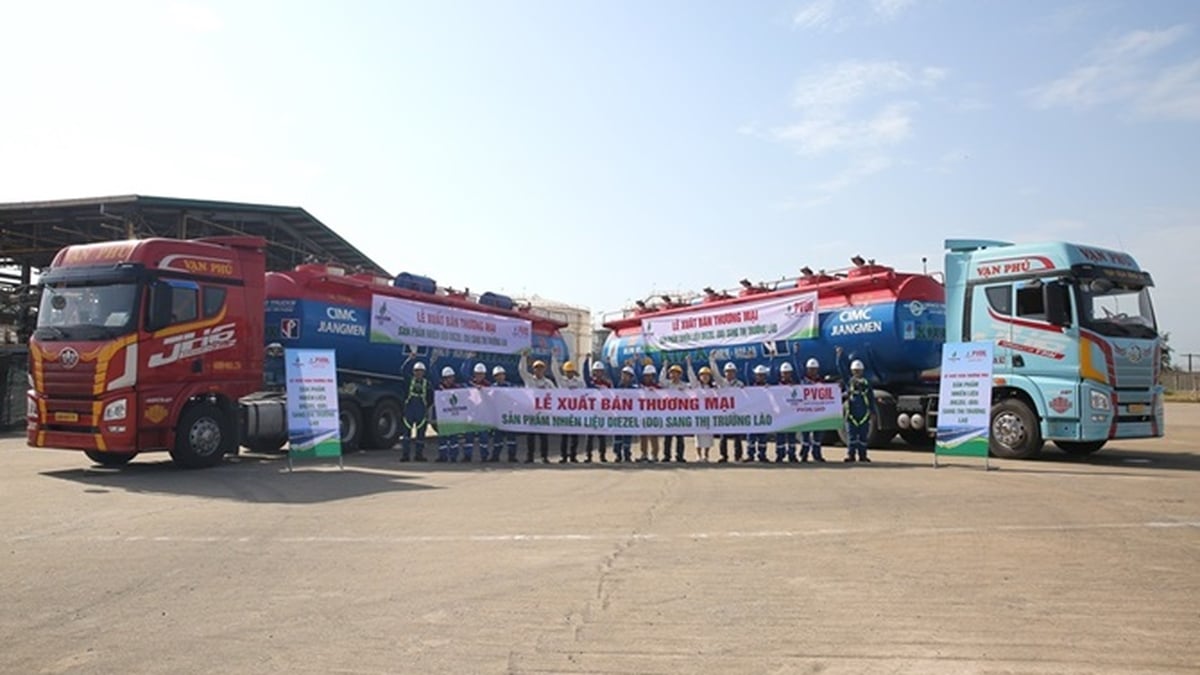
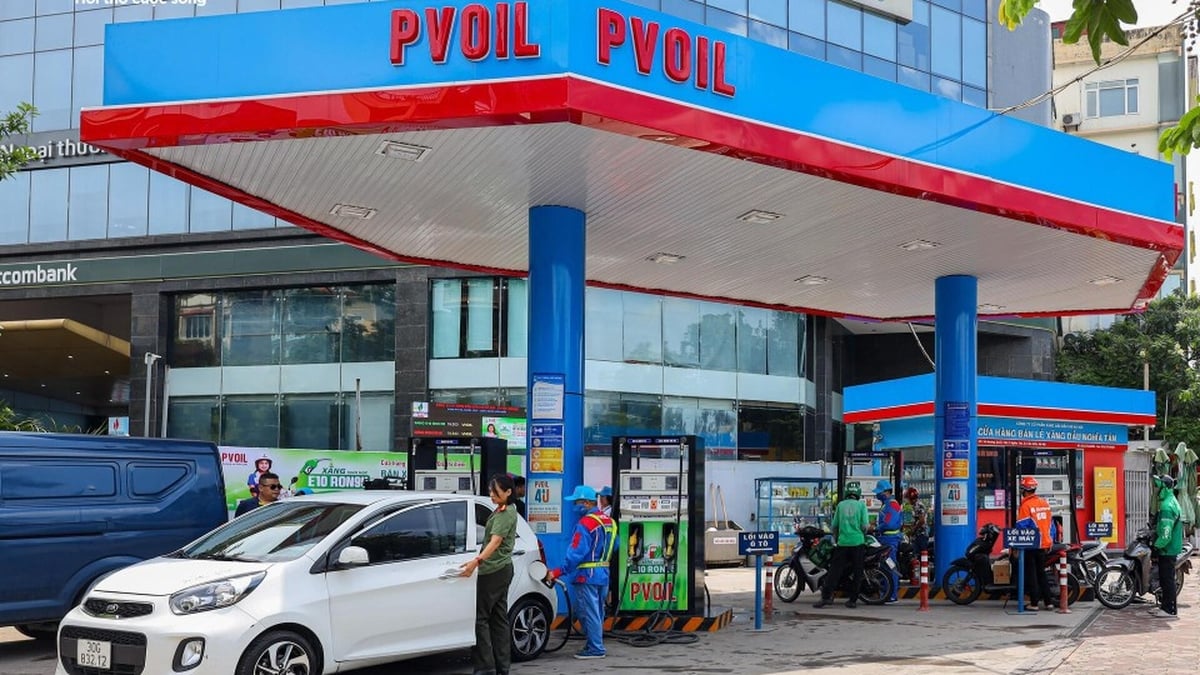
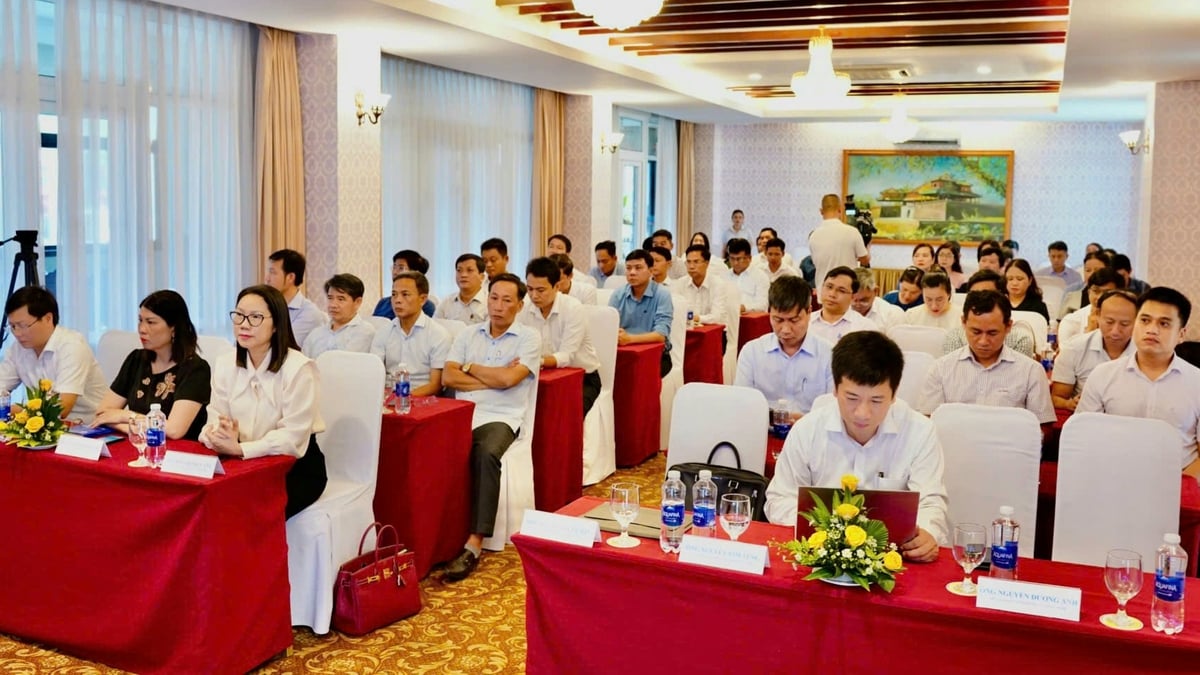

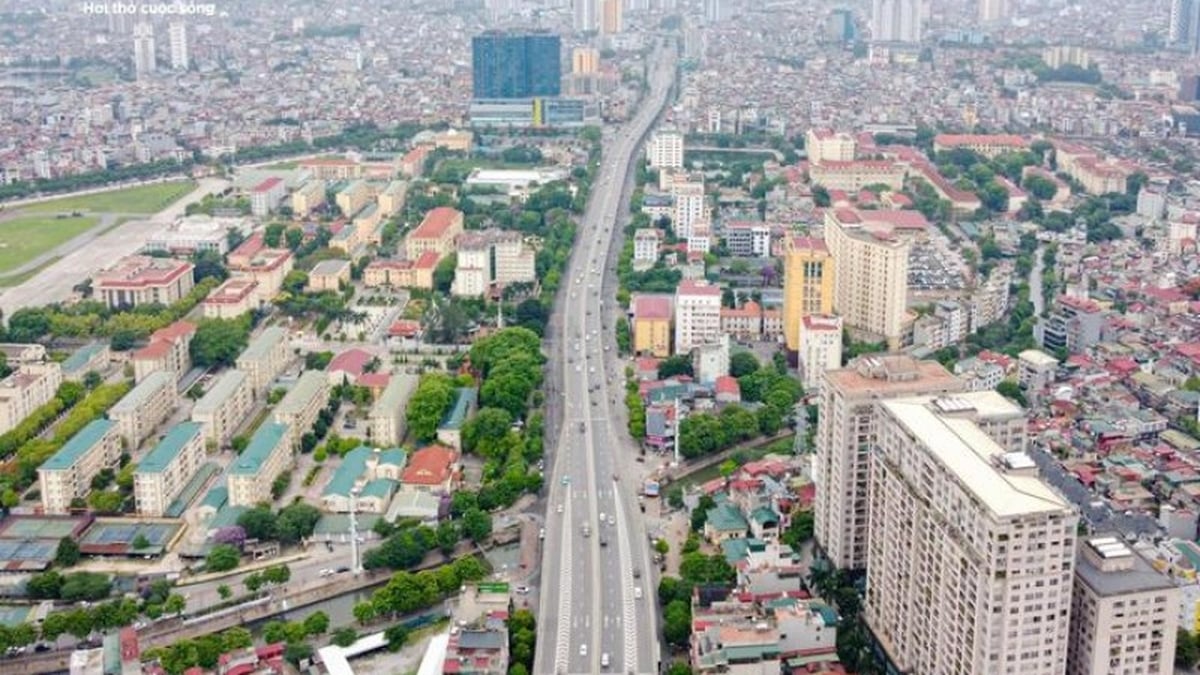
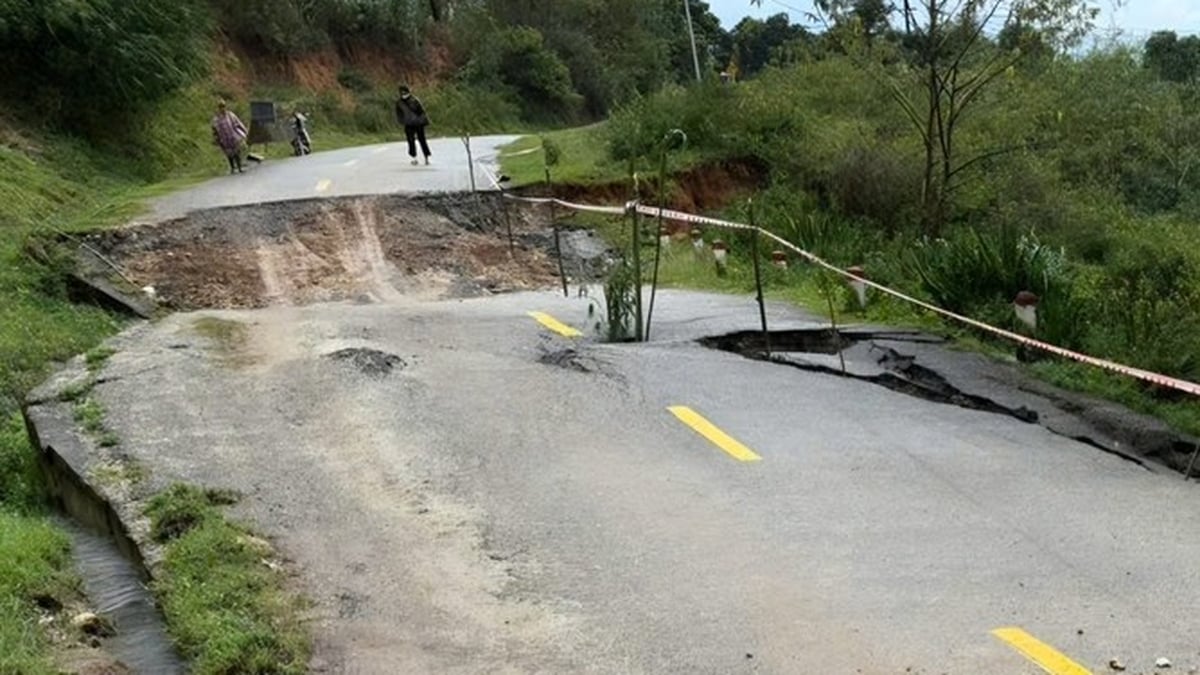
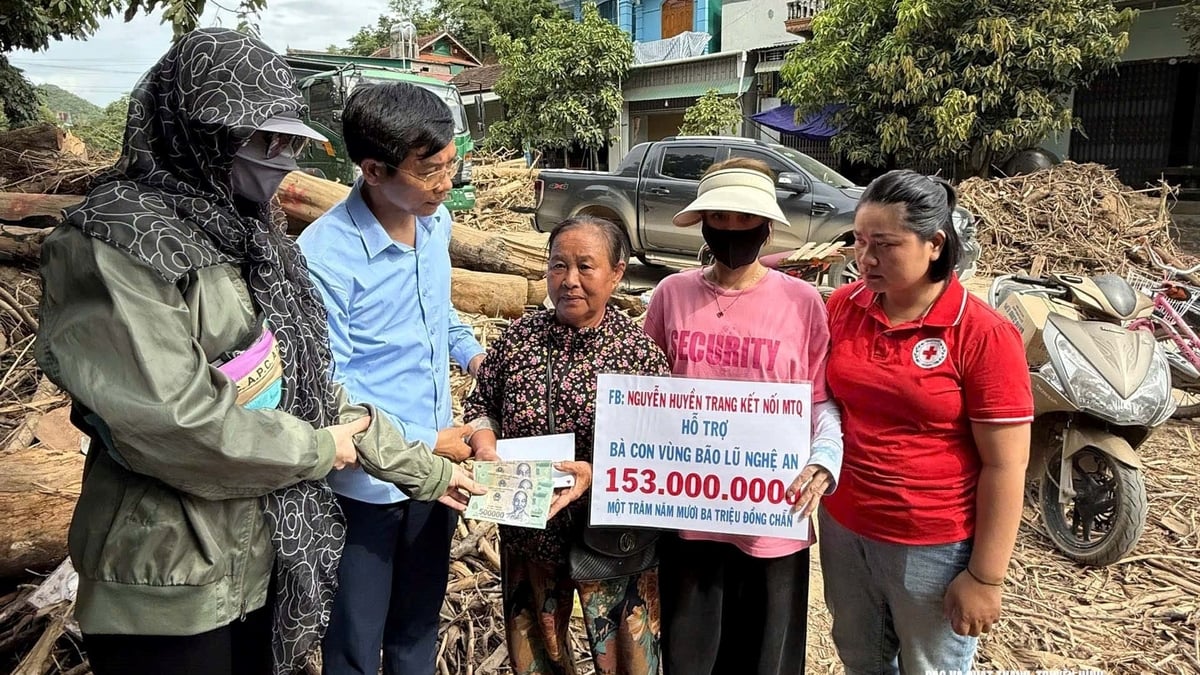

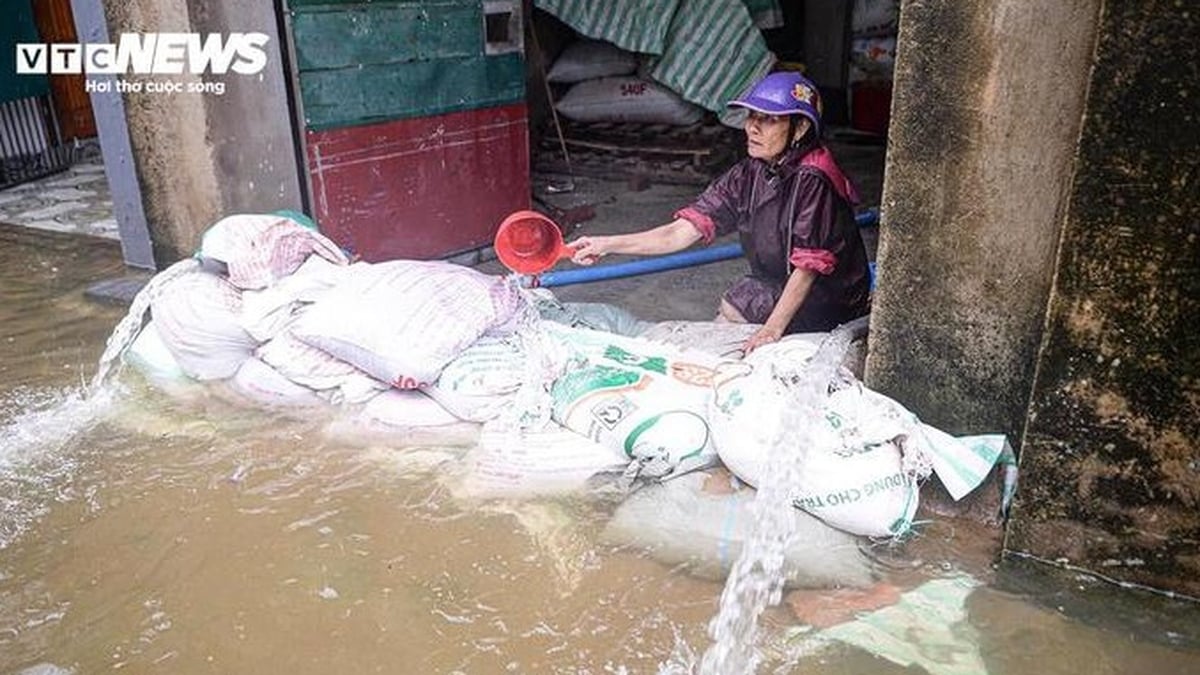






















































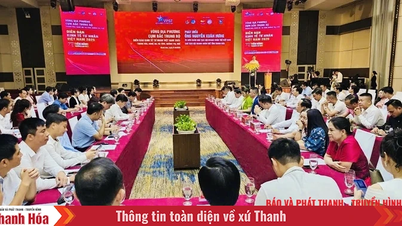













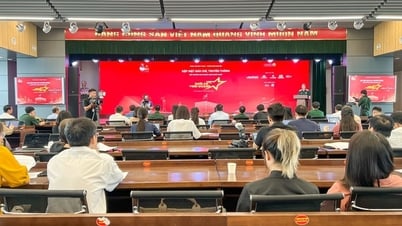























Comment (0)